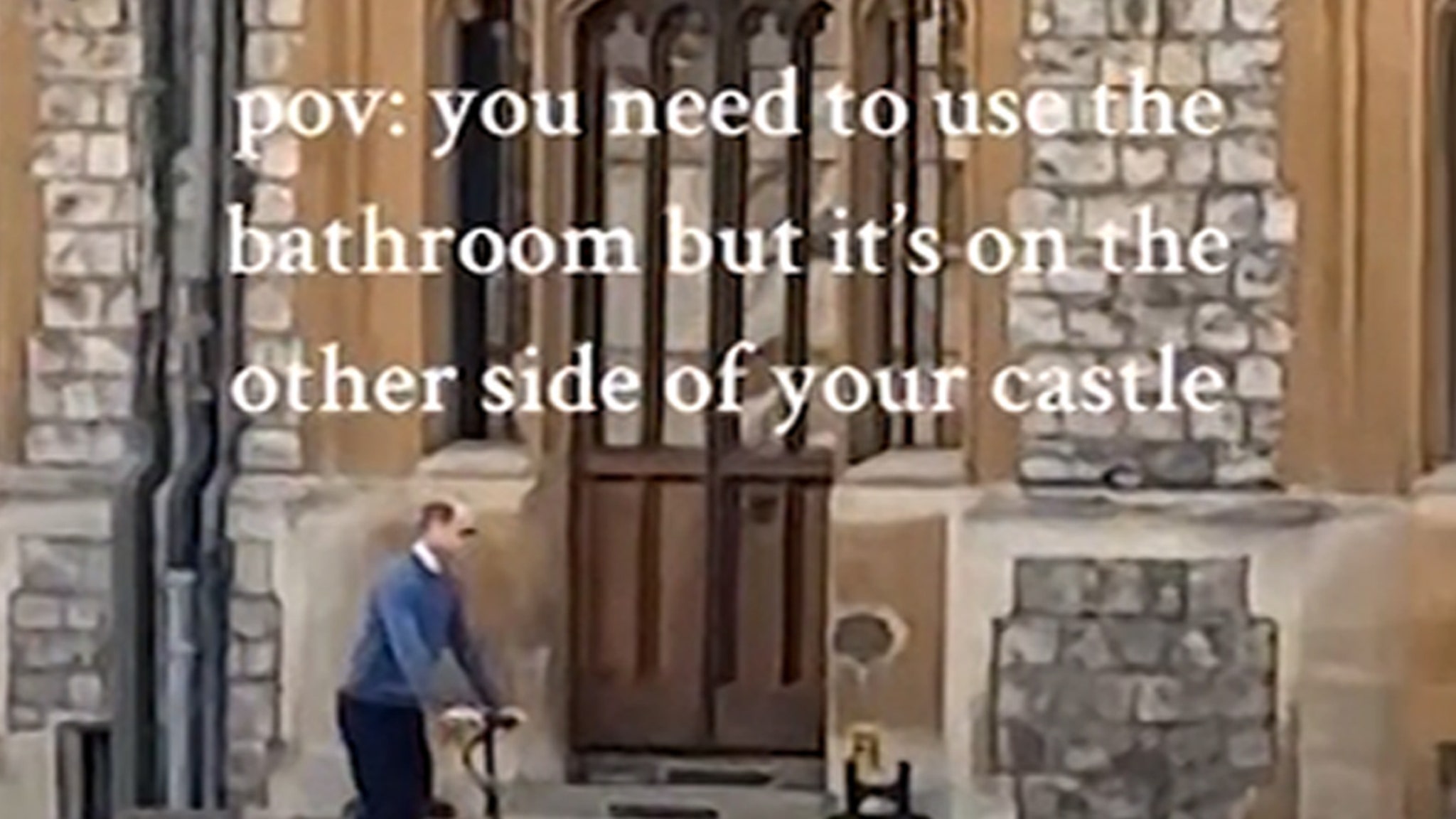Culture
The Wide, Wide World of Judy Chicago


Like all women and all art, Judy Chicago contains multitudes. This summer, the 84-year old American artist’s lifelong interest in excavating and subverting female history through storytelling, activism and overtly feminine aesthetics and materials is on display in two bold and affecting European retrospectives.
Across venues in Britain and France, six decades of Chicago’s distinctly feminist oeuvre show a remarkable range. Minimalist sculptures; psychedelic spray-painted car hoods; landscapes billowing with bright plumes of smoke; and paintings of swirling, hallucinatory flowers fill the galleries with Chicago’s hallmark bright colors and undulating line.
Many works incorporate personal texts in tidy, looping cursive about gendered rejection, shame, longing and anger. And tapestries, wall hangings and monumental drawings on black paper present female bodies, including the body of the artist herself, in states of ecstasy, abandon, dissolution — being born, giving birth, dying and evanescing into the ether in rainbow sweeps and spirals. These works foreground the female nude, its life-giving properties and implicit connection to the natural world.
One of the shows, “Herstory” — which ran at the New Museum in New York this past fall and is now on show at the LUMA Foundation in Arles, France — is a classic chronological display of Chicago’s work from the early 1960s to the present; the other, “Revelations,” at the Serpentine Galleries in London, focuses on the artist’s drawings. The catalog for the London exhibition also includes an illuminated manuscript of the same name from the 1970s that Chicago produced while creating her best-known work, “The Dinner Party” (1974-1979), an installation that imagines a ceremonial banquet for 39 pre-eminent women.
Now a mainstay of art history studies, “The Dinner Party” has dominated understanding of Chicago’s career despite her prolific and wide-ranging output. The vast triangular table with elaborate ceramic and embroidered place settings was the product of years of collaborative work with female artisans, and it distilled a decade of research in archives and libraries, where Chicago unearthed figure after figure who had made groundbreaking discoveries across disciplines but whose contributions had been erased from history. Each place setting at the banquet is devoted to one of these women, each with her own special embroidered cloth and ceramic plate.
“The Dinner Party” is not on show in either Arles or London, but a handful of Chicago’s test plates and her careful pen-and-ink drawings for their designs are on display in both shows, featuring what might be called a kind of flowering vulva motif. The artist has referred to this as her “central core imagery,” an aesthetic that privileges the circular over the horizontal or vertical, the orifice over the phallus, the diffuse and equally distributed over the singular and autonomous.
These ideas were so offensive at the time that when the University of the District of Columbia tried to acquire “The Dinner Party” in 1988, a lawmaker denounced it as “3-D ceramic pornography” on the floor of the House of Representatives. (A 10-minute video excerpt from the two-hour debate, which included no women, is on view at the Serpentine.) The work went into storage until 2002, when it entered the collection of the Brooklyn Museum, where it has been on permanent display since 2007.
The previously unpublished “Revelations” is a sprawling, five-chapter narrative in vivid vignettes telling of the ageless fight for power between men and women, including sections on primordial matriarchs and ancient goddess-worshiping societies. The longest chapter, “Myths, Legends, and Silhouettes,” gives potted histories of some of Chicago’s “Dinner Party” guests, including Sappho, Hildegard of Bingen, Artemisia Gentileschi, Susan B. Anthony, Sojourner Truth and Georgia O’Keeffe.
Some of the biographies are sentimental or cartoonish in Chicago’s telling, but the stories of fortitude in the face of rejection, violence and humiliation form a litany that is enraging and astonishing, though not unfamiliar. By the close of the chapter, O’Keeffe emerges as a kind of 20th-century feminist patron saint, whose large paintings of tightly cropped flowers, luminous and swelling, defied early-20th-century artistic fashions. “Here is my flower, world,” O’Keefe wrote in a 1939 exhibition catalog that Chicago quotes in “Revelations”: “I’ll paint what I see — what the flower is to me — but I’ll paint it big and they will be surprised into taking time to look at it.”
But the manuscript does not contain something O’Keeffe said next: “You hung all your own associations with flowers on my flower and you write about my flower as if I think and see what you think and see of the flower — and I don’t.”
I like to think this is omitted because Chicago knows that reality can be disappointing and filled with rejection, but that’s no reason to stop making. In the artist’s work, femaleness is a performance, with and against expectations, interpreted by every woman who struggles to be the author of her own destiny.
In both London and Arles, I found myself returning to works from the artist’s early and transitional pre-“Dinner Party” periods, during which she struggled to fit into the popular art movements of the time, such as Minimalism or Land Art, in which women were sidelined or simply unwelcome. (The curator Walter Hopps said that looking at Chicago’s work was like watching a woman hike up her skirt, and John Coplans, the founding editor of Artforum, told her, “You’ve got to decide if you want to be a woman or an artist.”) But these pieces are truly — to use a taboo word in art criticism these days — beautiful.
At LUMA, three works from the “Pasadena Lifesavers” series (1969-70) shimmer and shine before the eye like Op Art candies. Each is composed of four doughnut shapes in different color combinations on acrylic, applied with a lacquer spray so delicate and with such a fine gradient that the flat forms seem to hover, turn and tremble. In the next room, a 1973 series of paintings devoted to female rulers (Queens Elizabeth II and Victoria of Britain, Queen Christine of Sweden), mesmerize like holy visions, pure optical pleasures in pale pink, yellow, blue, purple and cream. In London, prints and preparatory drawings for the series are similarly ethereal and masterfully executed.
In both exhibitions, spaces are devoted to Chicago’s smoke works, “Atmospheres” (1967-2022), which originated in the California desert. In the series’ early works, Chicago’s female peers walk through barren landscapes, their nude bodies painted brightly, setting off canisters of colored smoke. Photographs and videos of the performances are like abstract paintings in motion, the air vividly smeared with swelling trails that take on a life of their own. They show the potential of a collective in motion to produce something as unpredictable as it is deeply moving.
In contrast, later works, such as “What if Women Ruled the World,” with its embroidered gold hangings originally made for a 2020 Dior haute couture show, are frustratingly literal. “Would the Earth Be Protected?” the banners ask. “Would God Be a Woman?” … “Would There Be Violence?” … Maybe — and?
One of the many burdens of the category of “feminist artist” is that your work is often damned both if you do and if you don’t, because no piece of art, no matter how iconic, can sufficiently represent all of womanhood or femaleness or feminism. The most challenging art, like Chicago’s best, offers new ways of thinking and making that you can practice on your own terms, too.























